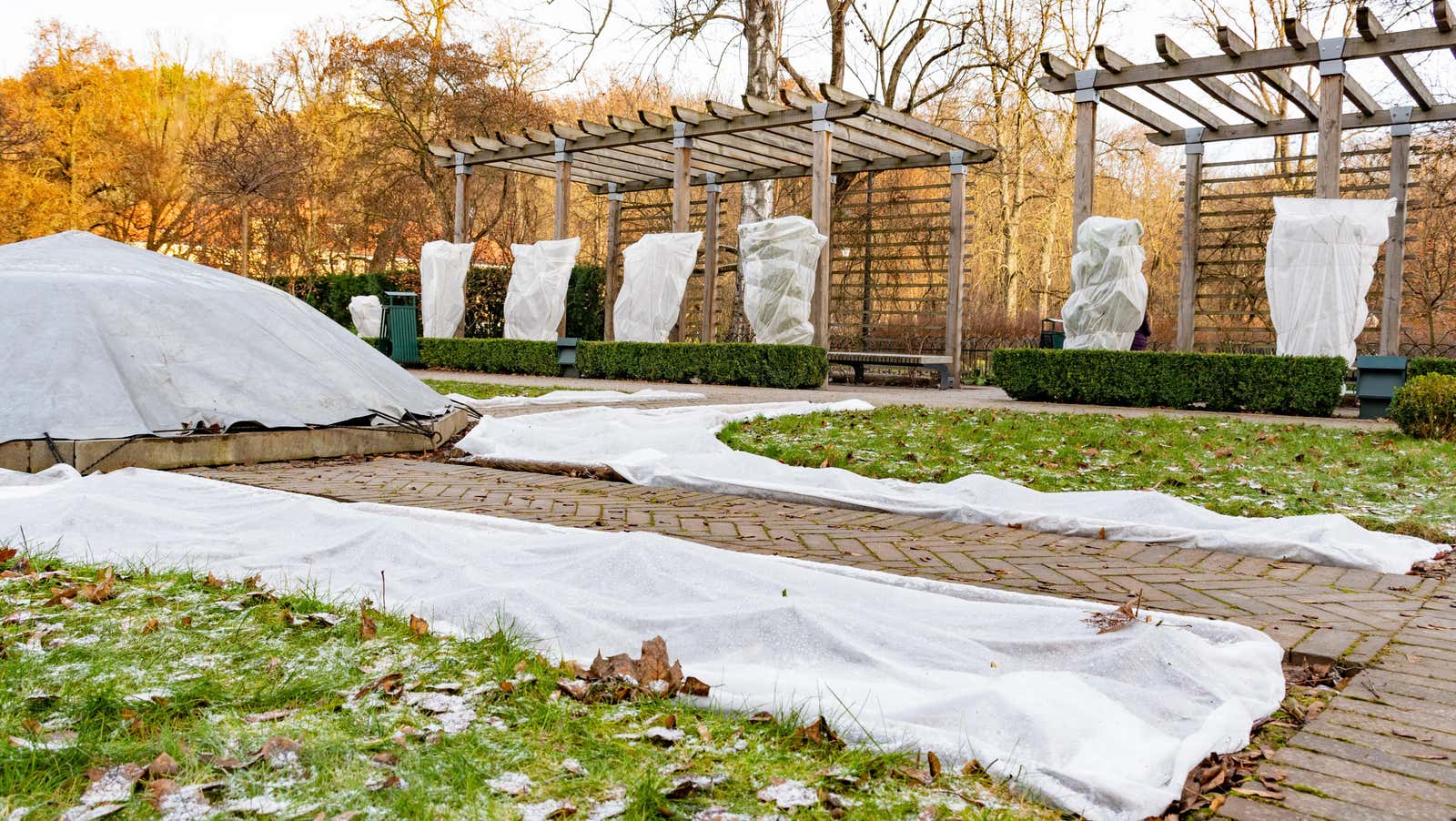What You Need to Do Now to Prepare Your Garden for Winter

With cooler weather ahead, harvesting and clearing your beds should be on your fall agenda. Even though your garden may not be actively fruiting during the winter, there is still a lot of work to be done to make the next season more successful. After taking some time to properly prepare for the dormant season in the garden, you’d better start in the spring when it’s time to plant your plants.
Harvest these things before the first frost
For this year’s harvest, be sure to gather all of your tender vegetables and seeds, and gather your herbs before the first frost hits. In cooler climates or higher elevations, this will happen sooner, while in warmer areas there may be another month or two of frost-free evenings. Vegetables such as zucchini, tomatoes and lettuce are not hardy and will go bad if the temperature drops below freezing. However, some varieties, such as Brussels sprouts, can withstand a light frost and even taste better when harvested late in the season.
Once all non-hardy vegetables have been safely harvested, the plants that produce them can be uprooted and composted. Adding to your compost pile if you have one is a great way to prepare for future gardening ventures. You can also pull out any weeds and clean the beds. Some gardeners prefer to leave leaf litter on the ground because it can be a habitat for beneficial insects.
Improve soil quality
Improving soil quality during the winter months begins in the fall by adding compost to the beds. Allowing worms and insects to snack on your plant nutrients during the winter will add nutrients to the soil while the plants are dormant. Another option for improving the soil is to grow a so-called “cover crop” in the garden. Using species that will add nitrogen to the soil is a good way to replenish lost nutrients and keep the soil healthy. Clover , winter rye or vetch are good candidates for fall and winter planting. In addition to improving the soil, cover crops also keep weeds out.
If you decide not to use a cover crop, it is a good idea to cover the beds for the winter. Using landscaping burlap , cover the section of your garden you plan to replant next year, securing the edges with landscaping staples . The fabric and staples are reusable, so you don’t have to buy a new set every season.
attract birds
In autumn, you can also attract birds by filling bird feeders and cleaning and refilling birdbaths. Birds stock up for the winter, and having good food will help them with this. Birds love to eat caterpillars, grasshoppers, and other harmful pests, so they are an important part of your garden’s ecosystem. Be sure to clean bird feeders and drinkers regularly, especially during high traffic months, to avoid the spread of disease.
Avoid ice damage
Finally, be sure to turn off and drain all outdoor irrigation systems before temperatures drop below freezing to avoid damage. Winterizing your hoses and tubing will extend the life of your irrigation system. In addition, empty containers should be emptied and inverted or stored to avoid cracking at low temperatures.